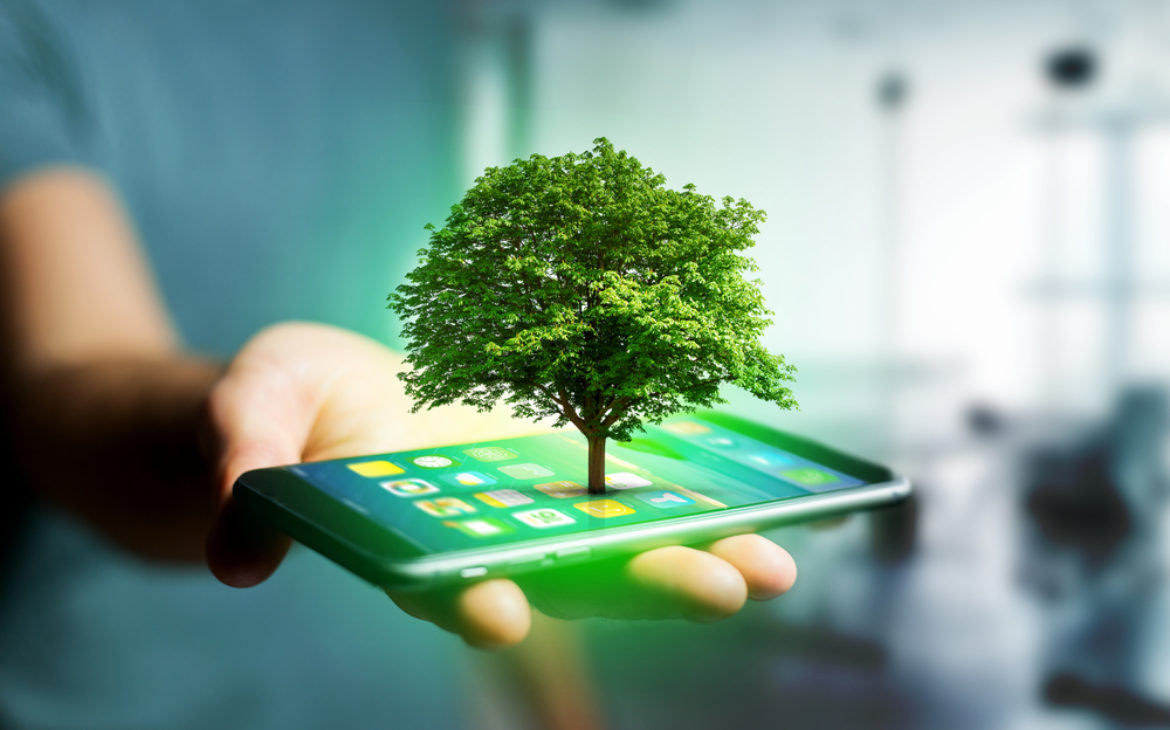A study by ABN Amro has revealed that smartphones need to be priced at least EUR 7.10 higher to compensate for their negative impact on global biodiversity. This publication comes ahead of the EU’s Corporate Sustainability Reporting Directive (CSRD), which will take effect in 2025, requiring companies to disclose their environmental impacts and sustainability measures. The ABN Amro report focuses on how companies can evaluate their effects on biodiversity, particularly as consumers become more concerned with sustainability.
Using data from the Impact Institute and the ReCiPe and True Price methods, the report measures the biodiversity impact of smartphones, sneakers, and sofas in monetary terms. This value represents the additional cost needed to make products more sustainable by mitigating their negative effects on nature.
Among the three products analyzed, smartphones were found to have the greatest impact on biodiversity, with an annual environmental footprint equivalent to the loss of over 1.94 million hectares of natural habitat. In financial terms, the global impact is estimated at EUR 8.31 billion.
To reduce the environmental damage caused by smartphones, the report recommends measures such as utilizing more sustainable energy sources in manufacturing, increasing material reuse, and designing devices with a longer lifespan. The additional EUR 7.10 could be directed toward implementing these changes.
ABN Amro highlighted Dutch Fairphone as a leading example of a smartphone brand with a positive environmental impact. The report also acknowledged companies offering refurbished phones and platforms like Valyuu, which encourage the sale of second-hand devices as steps in the right direction.
